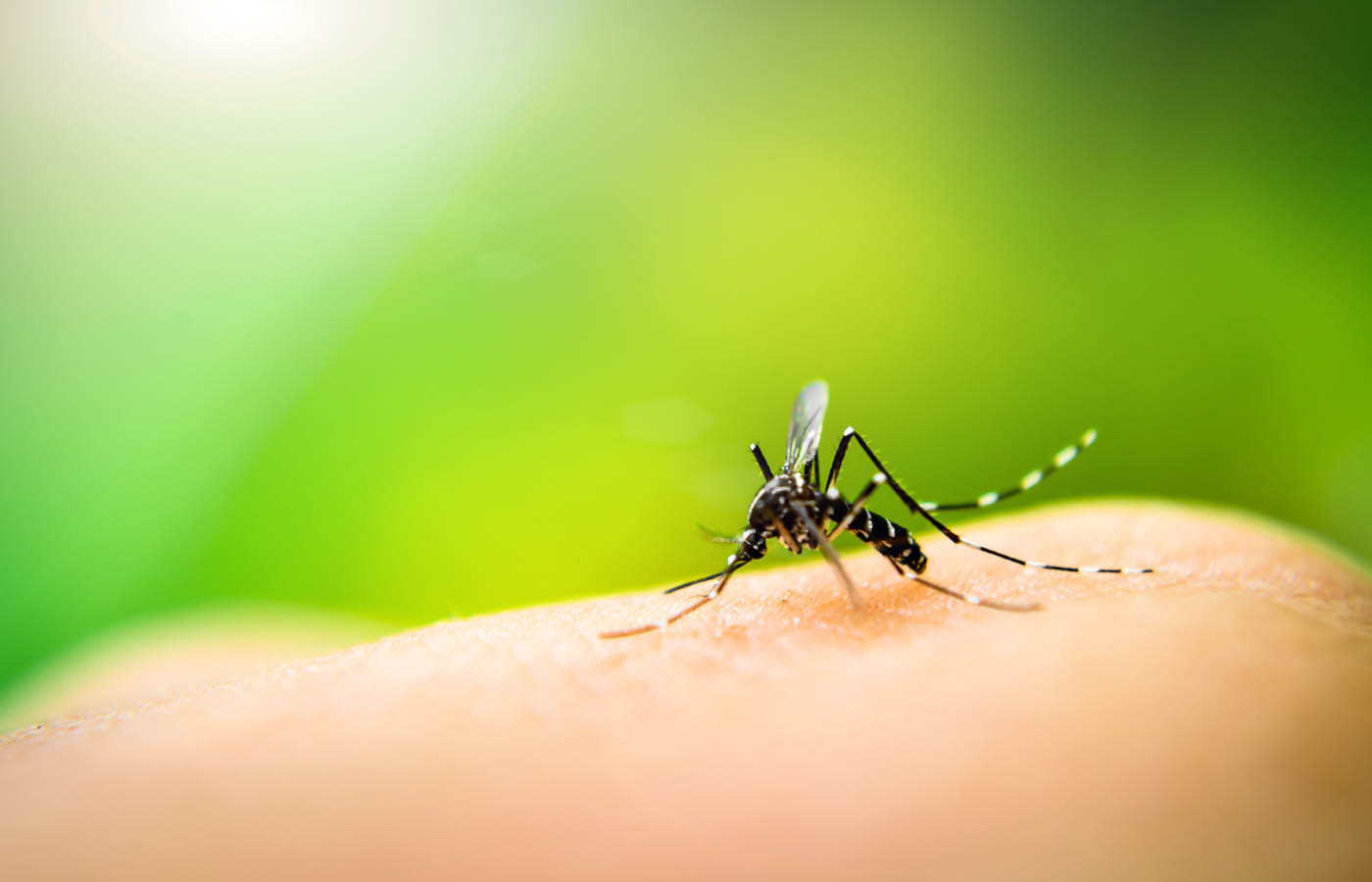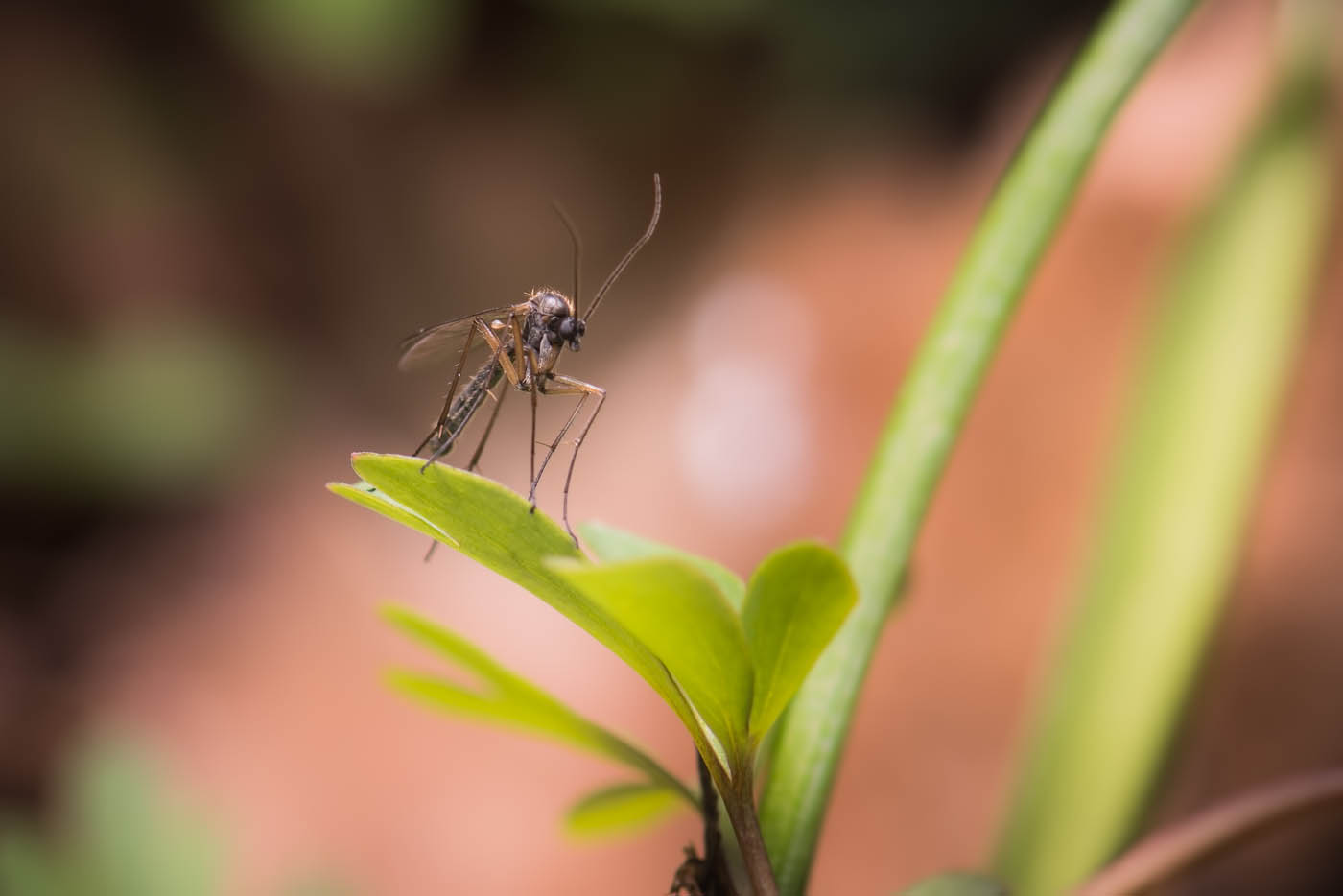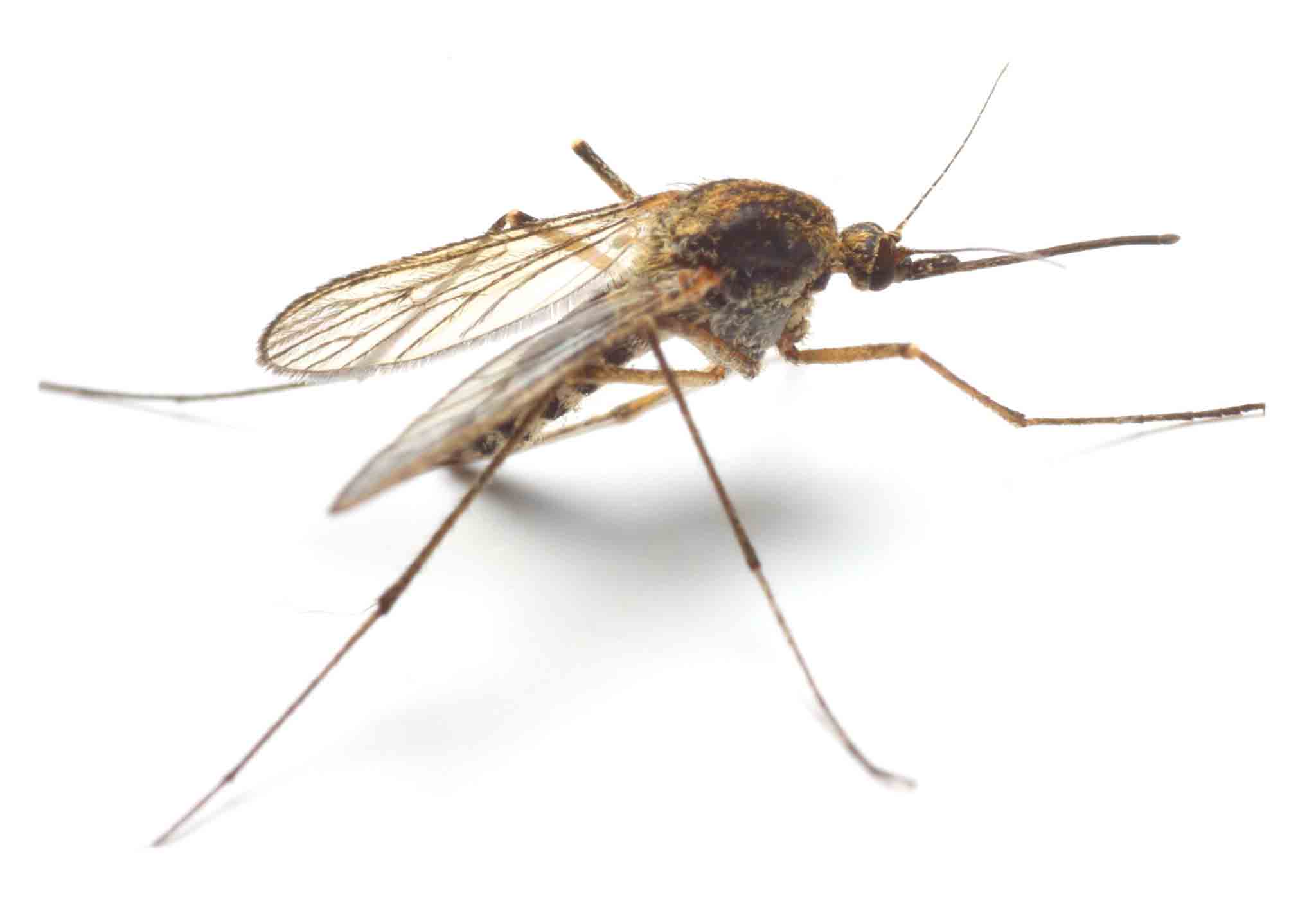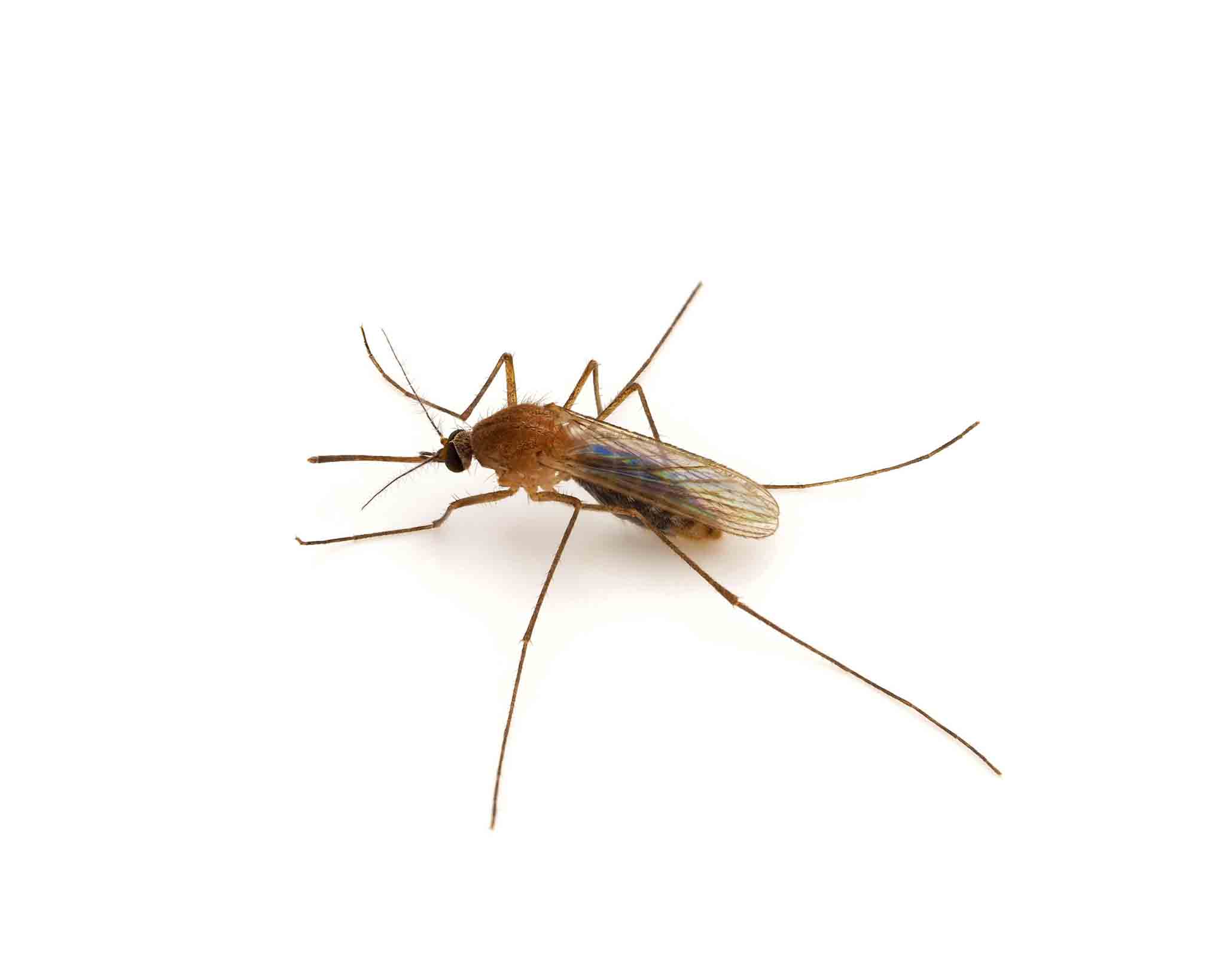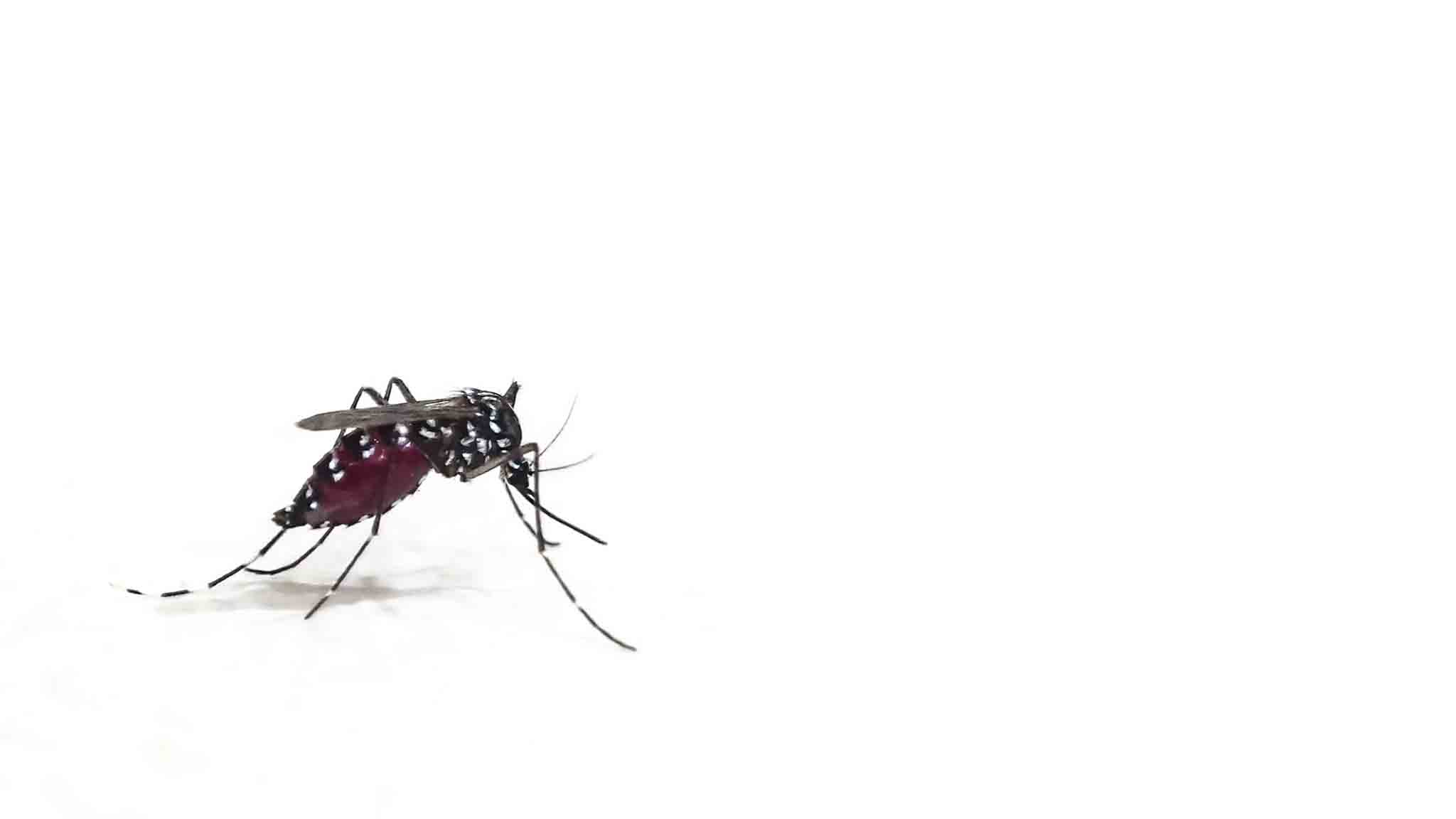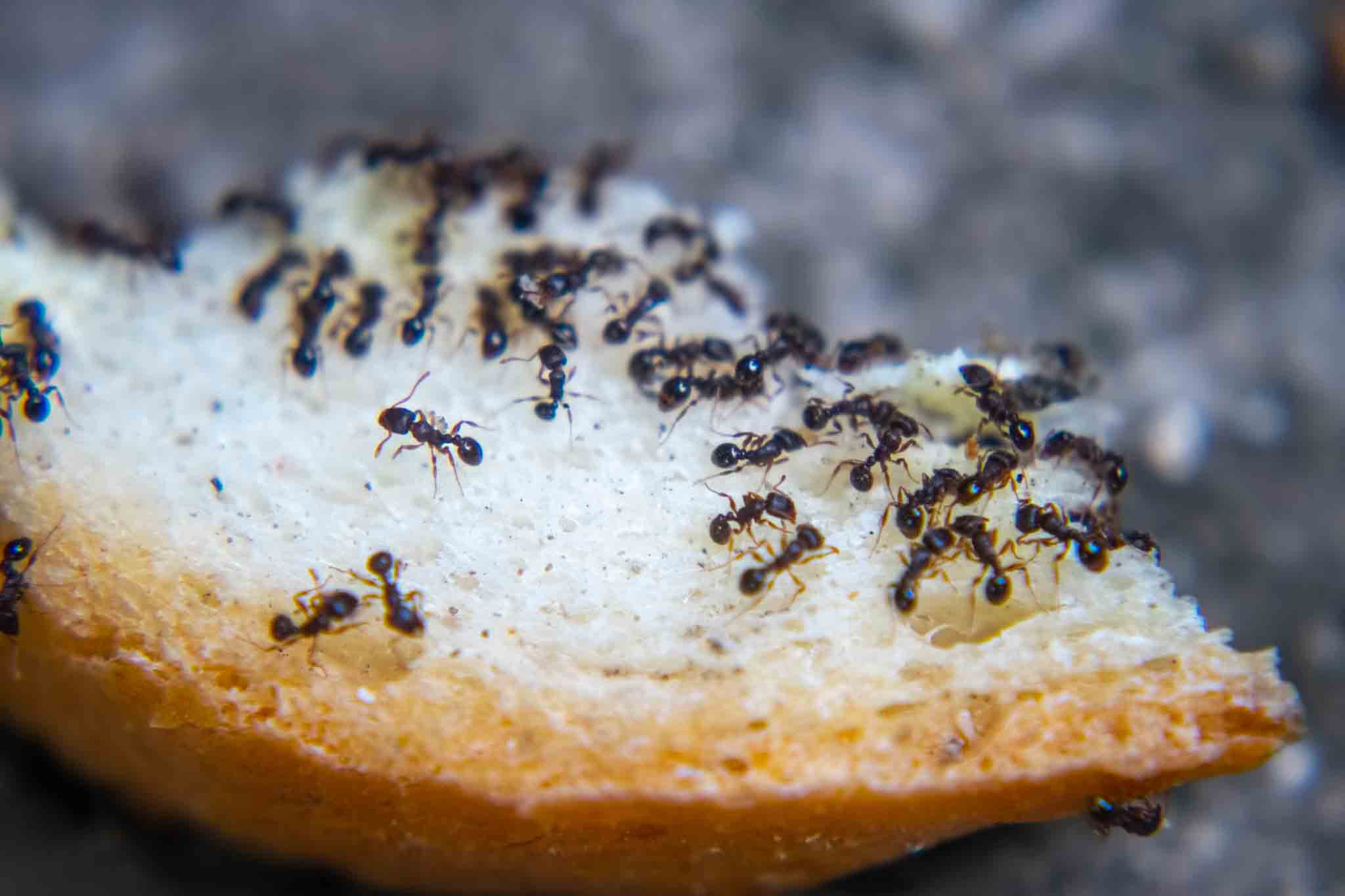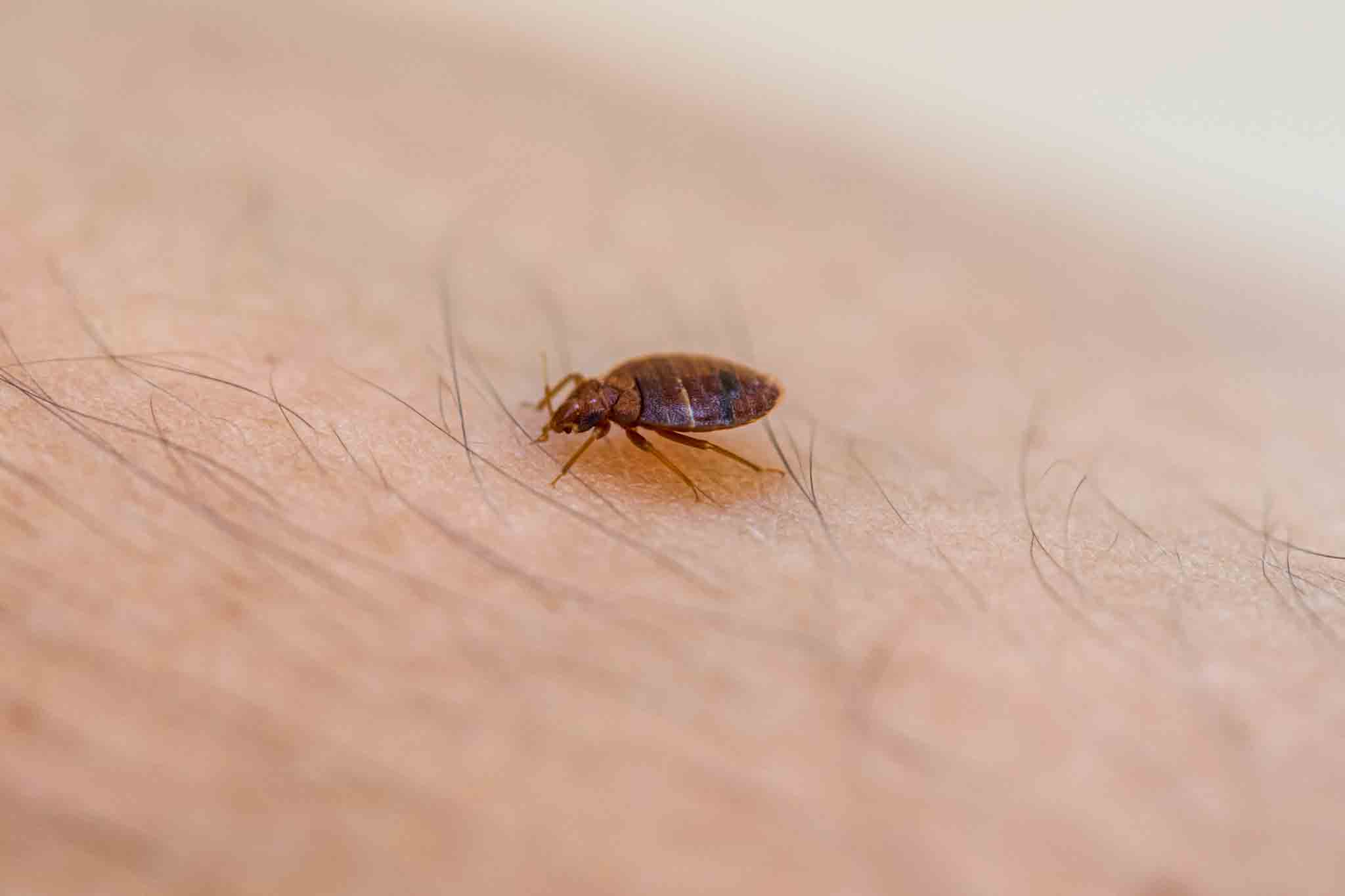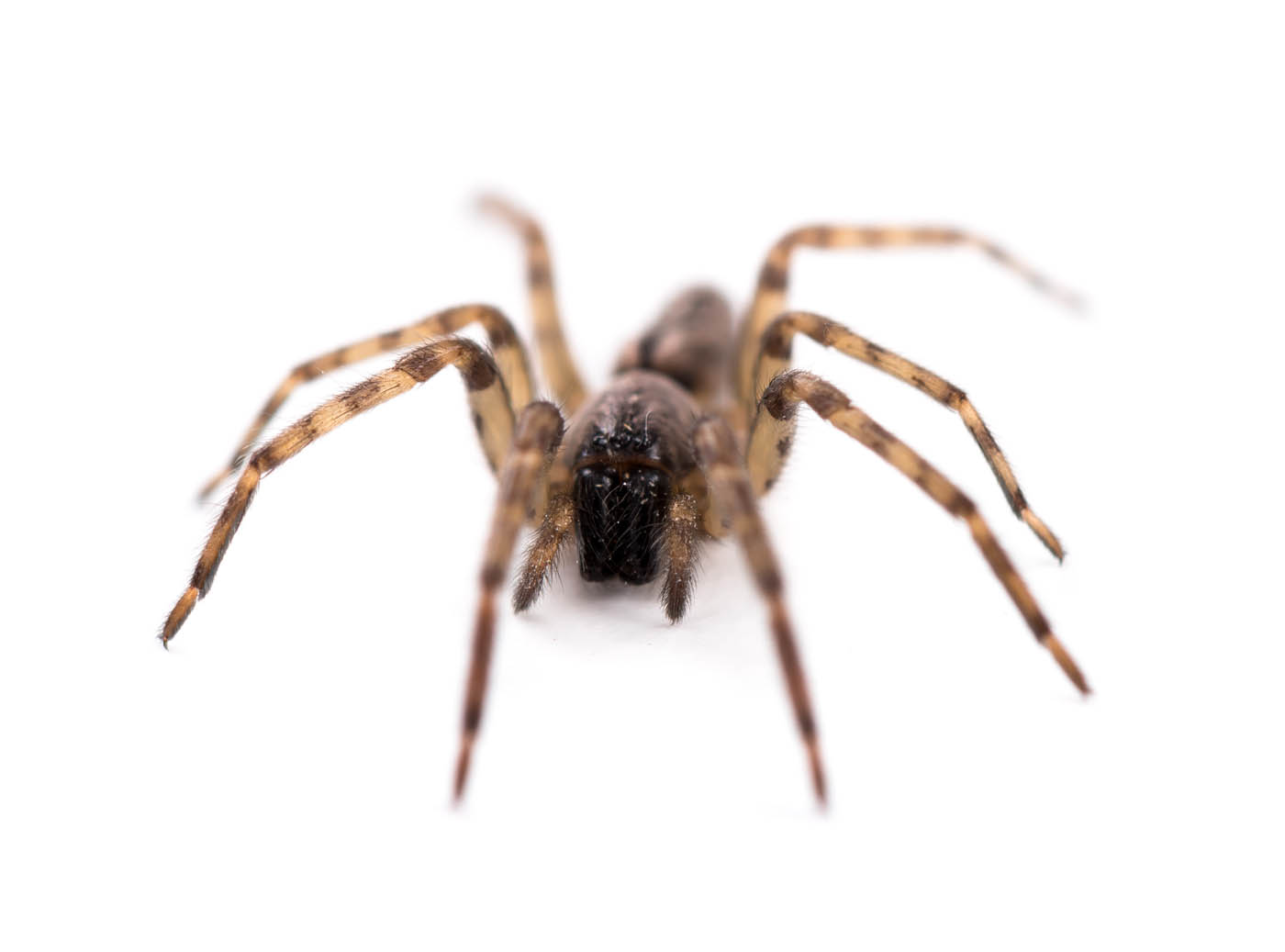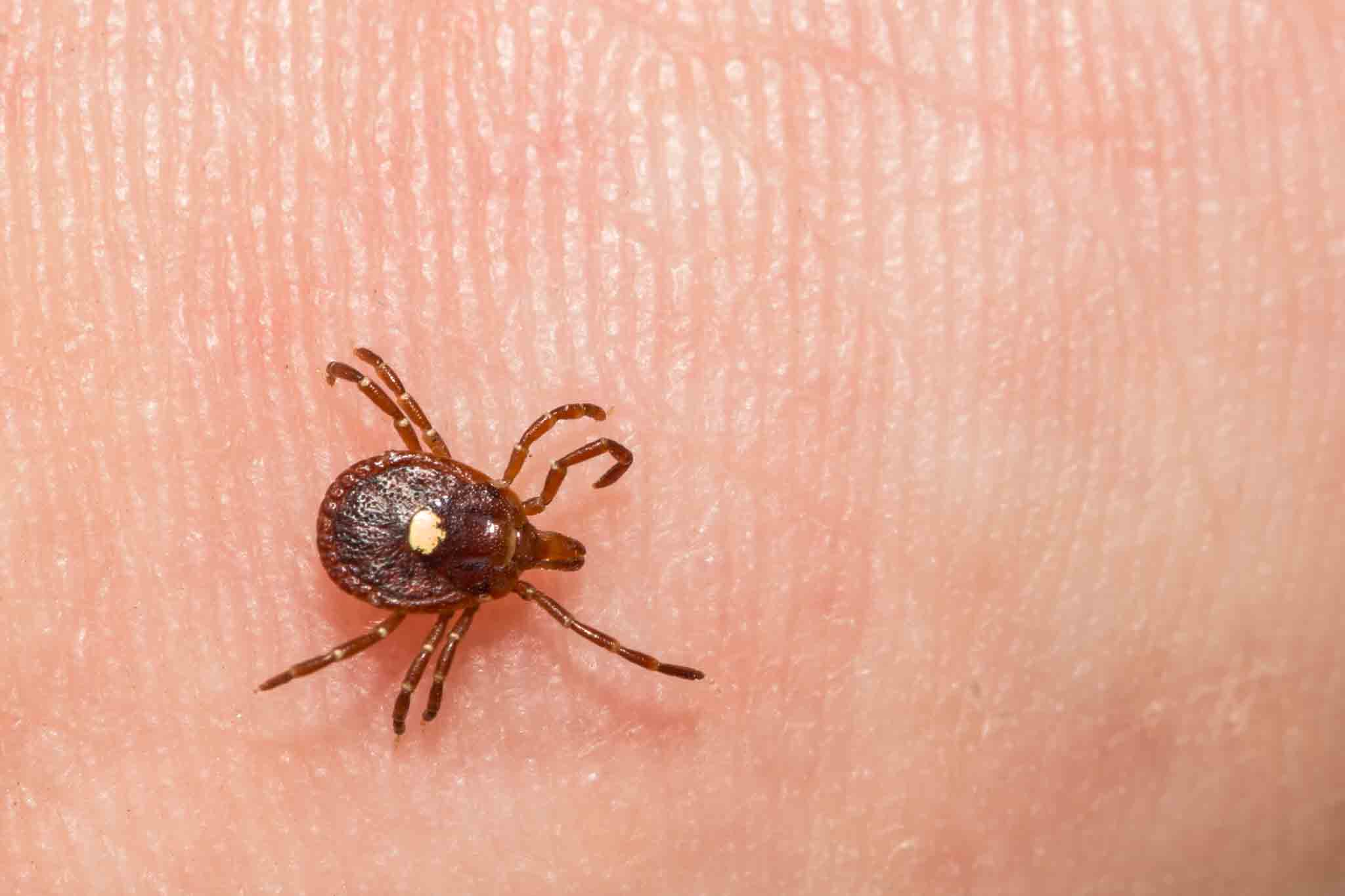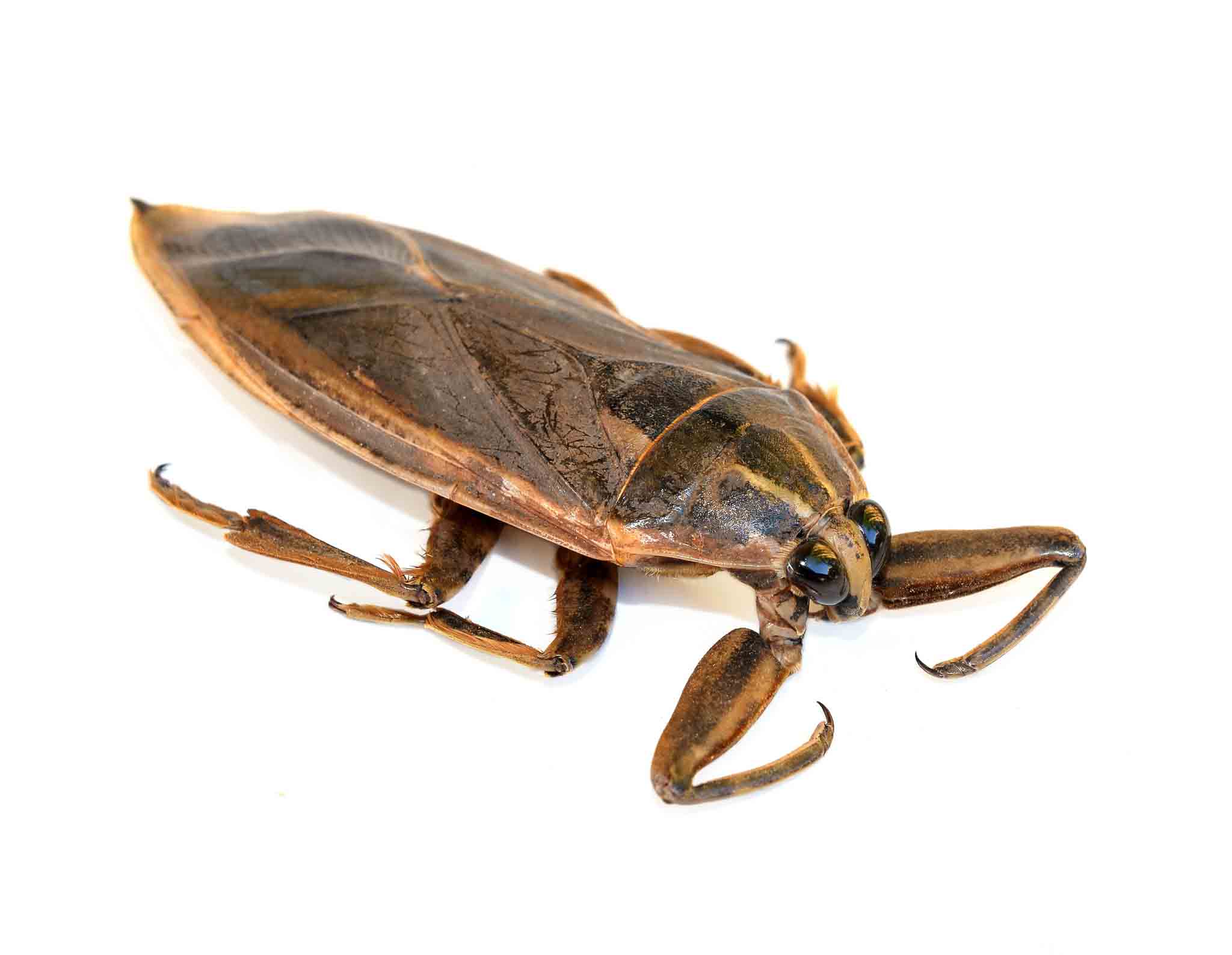Life Cycle & Reproduction
Mosquitoes in Suffolk County undergo 4 stages in their life cycle ― Egg, Larva, Pupa, and Adult. Female mosquitoes mate only a few hours after transforming into adults, whereas males require at least 24 hours to get ready.
Mating usually occurs in mid-air. After the female mosquito acquires a blood-meal from a mammalian host, she lays the eggs on the surface of stagnant water, or in a place where there is adequate rainwater to flood the eggs.
The larva hatches into the rainwater and nourishes on bacteria and other microscopic organisms, after which it develops into a pupa. The pupa, unlike the larva, doesn’t feed but continues to reside in the water. Finally, the pupa develops into a fully-grown adult mosquito, prepared to suck the blood of us unfortunate humans.
The time period of each stage of a mosquito’s life cycle depends upon various factors, such as temperature, species, and humidity. For instance, the Culex mosquito takes 2 weeks to complete its lifecycle at 70° F, but only takes 10 days at 80°F. Some species might even take 1 month to develop into adult mosquitoes in unfavorable conditions.
